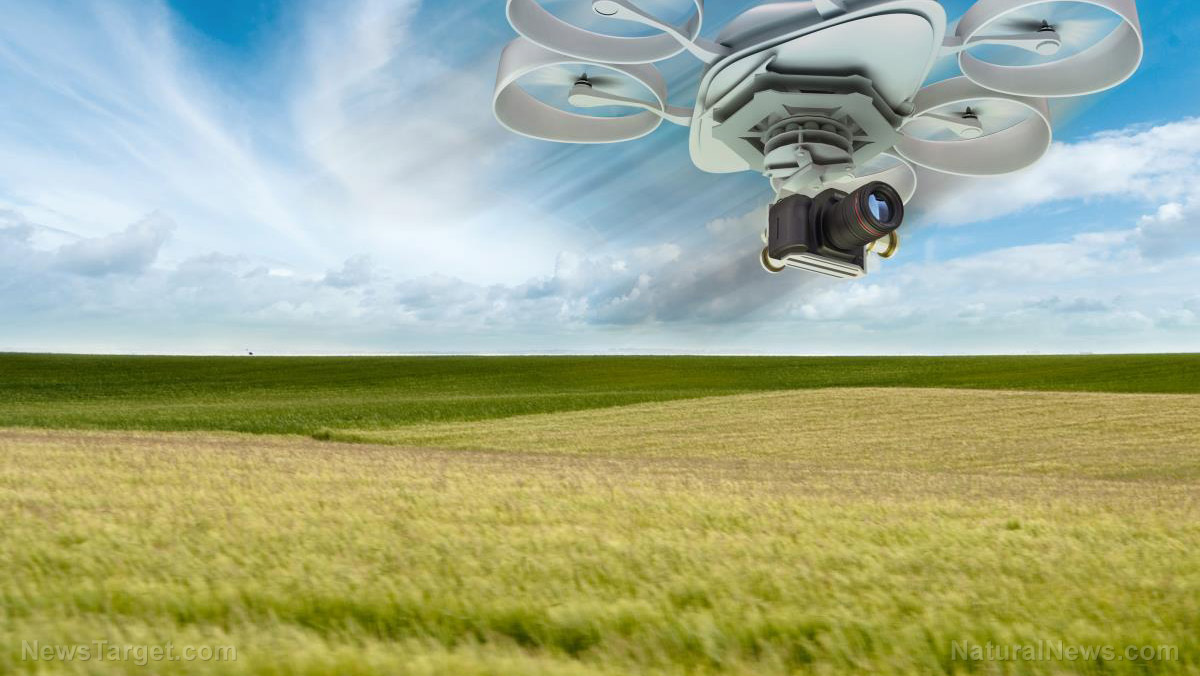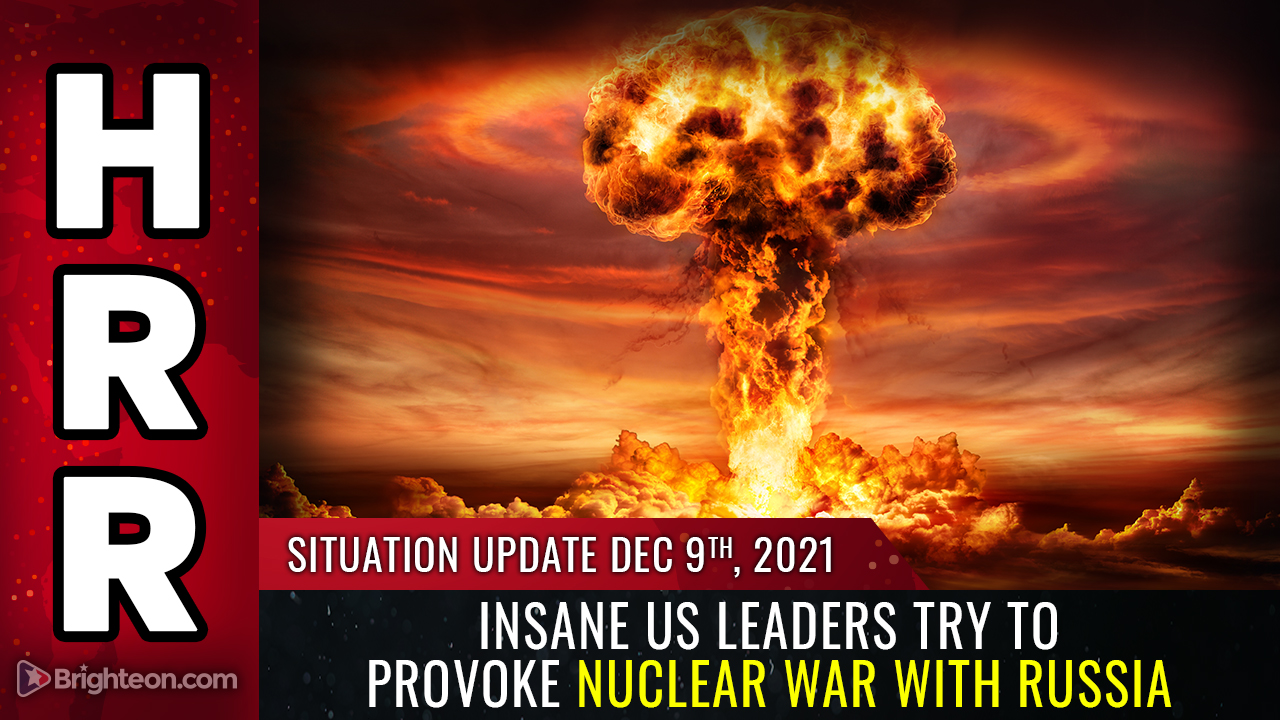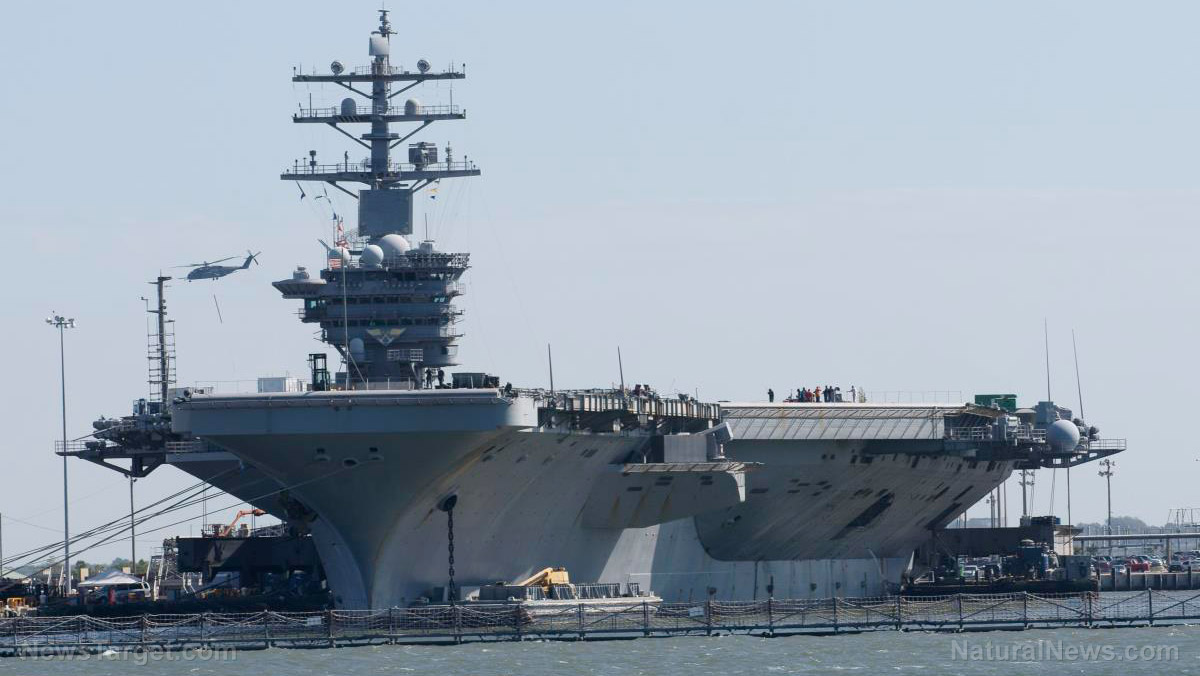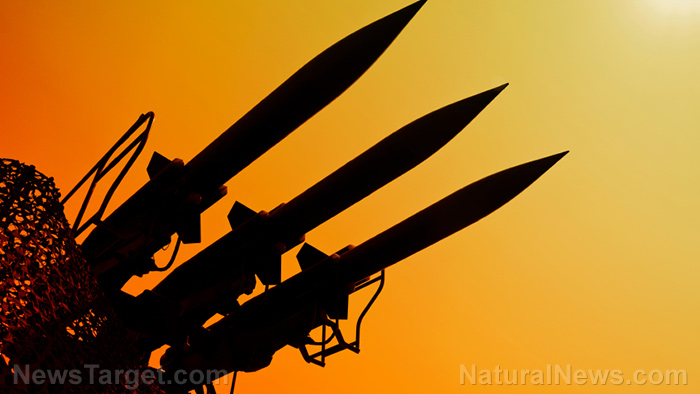Mysterious spiral seen over the Pacific Ocean said to be the result of a rocket launch
07/06/2021 / By Ramon Tomey

Many people in the South Pacific region saw a “strange and puzzling spiral” on the evening of June 18. The spectacular phenomenon baffled watchers, who quickly took pictures and recorded footage of the spiral and shared it on social media. However, an expert said a rocket being launched into space caused the phenomenon.
A report by the NZ Herald said residents of New Caledonia, Tokelau, Samoa and Fiji reported seeing the seconds-long spiral. Footage posted on social media showed it expanding in size over a matter of seconds. The formation eventually vanished in the night sky.
However, the Caledonian Association of Astronomy (ACA) said in a Facebook post that the spiral phenomenon was the result of a Chinese rocket taking off. American astronomer Jonathan McDowell confirmed that the second floor of a Long March 2C rocket took off on the same day at 6 p.m., the post added.
According to McDowell, the rocket took off from the Xichang Satellite Launch Center in China’s Sichuan province – with four satellites on board. He further elaborated that the spiral phenomenon was the rocket releasing gas.
ACA’s Amaury Bellee further explained: “After completing its mission, the [rocket’s second] floor … expelled [its] fuel [consisting of unsymmetrical dimethylhydrazine and nitrogen peroxide] to passivate.” The rocket’s passivation helps prevent it exploding from orbit due to the residual pressure in the fuel tanks, Bellee added.
Furthermore, the ACA post said the strange phenomenon had already been observed last May 7. In both cases, a Long March 2C rocket was launched from the same location less than 30 minutes before the spiral appeared. According to rocket re-entry calculations specialist Joseph Remis, both the May 7 and June 18 rocket launches had the same parameters – an orbit inclination of 34 degrees with a southeast launch direction.
“It was also a degassing as explained. It is possible that in the future, we will have the same show again – provided it is done under the same lighting conditions at dawn or dusk,” Remis said. He added that a similar launch is scheduled for July, making it possible to see the spiral phenomenon in the sky if conditions permit it. (Related: China launches top-secret reusable spacecraft.)
But not all rocket launches result in strange spirals in the sky
The May 7 and June 18 launches of the Long March 2C rocket left the spiral phenomenon as an aftermath. However, earlier rocket launches from China left a not-so-ideal aftermath. One such launch left a cloud of orange smoke and almost destroyed a school. (Related: Chinese rocket could shower New York with debris when it crashes back to Earth on Saturday.)
A September 2020 report by The Sun said a booster for the Long March 4B rocket plummeted back to Earth before exploding. The booster landed at the town of Gaoyao in China’s Shaanxi province and narrowly missed a school. One footage posted on social media taken from a schoolyard captured children’s audible screams and billowing smoke.
An additional report by Space.com said the Long March 4B rocket launched from the Taiyuan Satellite Launch Center on Sept. 7. The rocket carried the Gaofen 11 (02) satellite to be used for land surveys, road network design, city planning and more. Chinese state media reported that the satellite, successfully launched into orbit, is capable of capturing high-resolution images.
While no injuries were reported following the rocket booster’s crash, the orange smoke that emerged from the booster threatened people’s health. The Long March 4B rocket booster used a mix of hydrazine and nitrogen tetroxide as a propellant. Contact with either chemicals could cause serious health risks.
Visit Unexplained.news to read more stories about the spiral phenomenon in the South Pacific.
Sources include:
Tagged Under: Caledonian Association of Astronomy, chinese rocket, Chinese spacecraft, communist China, degassing, Jonathan McDowell, Long March 2C, military technology, Pacific Ocean, rocket launch, rocket passivation, South Pacific, weapons technology
RECENT NEWS & ARTICLES
COPYRIGHT © 2018 MILITARYTECHNOLOGY.NEWS
All content posted on this site is protected under Free Speech. MilitaryTechnology.news is not responsible for content written by contributing authors. The information on this site is provided for educational and entertainment purposes only. It is not intended as a substitute for professional advice of any kind. MilitaryTechnology.news assumes no responsibility for the use or misuse of this material. All trademarks, registered trademarks and service marks mentioned on this site are the property of their respective owners.





















